
Featured Image: A Choice of Projections
What’s the best way to represent the spherical sky on a flat surface? This unique octahedron-based view has its advantages.

What’s the best way to represent the spherical sky on a flat surface? This unique octahedron-based view has its advantages.
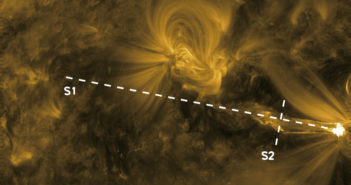
Our Sun often exhibits a roiling surface full of activity. But how do the different types of eruptions and disturbances we see relate to one another?
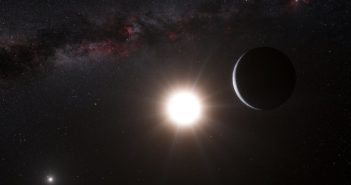
A new study suggests that planets around K-dwarf stars may be the best targets in the search for signs of life.
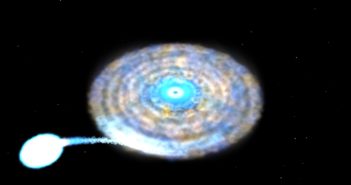
Astrobites reports on the NICER discovery of an accreting millisecond pulsar in a record-setting, rapid orbit with a white dwarf.

A recent study explores a high-energy mystery from the supermassive black holes that dot our universal landscape.
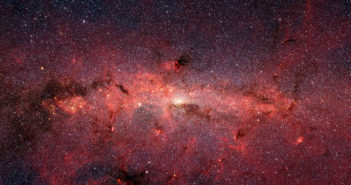
Have the old, giant stars at the center of our galaxy gone missing, or have we just missed them?
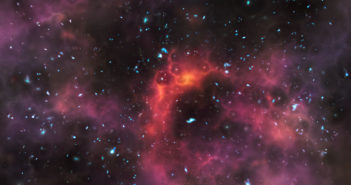
Astrobites reports on how dim galaxies lensed by foreground clusters provide a way of measuring the reionization of our universe.
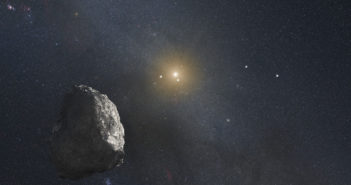
Astrobites reports on how the search for Planet Nine has revealed another unusual object in our solar system.
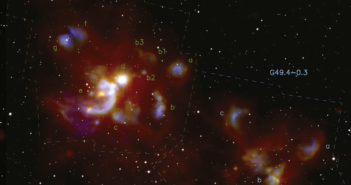
This infrared, false-color image reveals W51A, a giant ionized bubble in which very young, massive stars are just beginning to form.
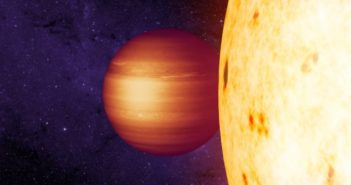
The winds of exoplanets HAT-P-7b and CoRoT-2b blow in the opposite direction from what we expect. Could magnetic fields have something to do with this odd reversal?
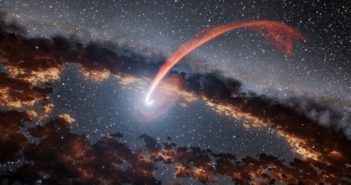
The Zwicky Transient Facility is officially open for business, and it’s already watched a black hole tear apart a star.
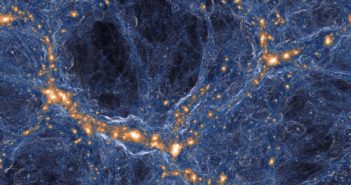
Astrobites explores the possibility that a local void is messing with our measurements of the Hubble constant along the cosmic distance ladder.